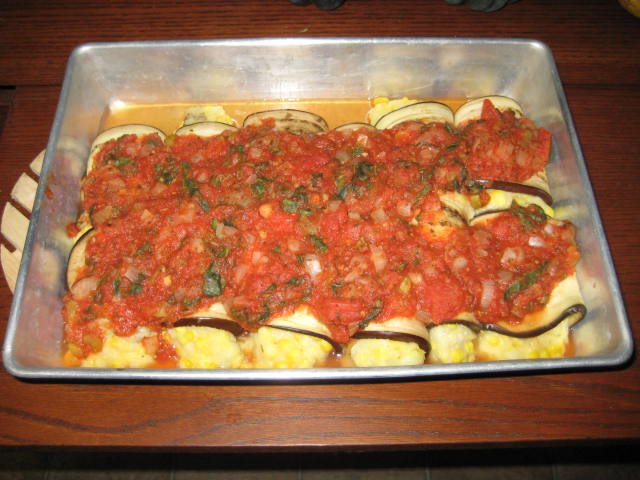How Not to Starve at Home
Many people are convinced that they don’t know how to cook. When they try, they don’t like the result, which just reinforces their conclusion that they can’t do it. I love to cook, and I love to eat my own cooking. But I don’t like to spend much time cooking, and, fortunately, I don’t have to.
There are few recipes on this site, in the normal sense of a list of ingredients with specific measurements followed by a sequence of specific preparation steps. I seldom cook from such recipes, and when I do, I seldom follow the recipe exactly more than once. With a little experience and experimentation, you quickly learn how to tailor the recipe to your own tastes and even your current mood. Every recipe is a “meta-recipe,” a template from which, by simple substitutions, many variations can be made.
I have a sizeable collection of whole-food, plant-based and vegetarian cookbooks. The recipes they contain range from the almost offensively simple (put oatmeal and water in pot, cook until done, add raisins and cinnamon) to the complex hierarchical logistics of a restaurant chef. Some recipes require to you make A and B in order to prepare C and D, as ingredients for E. That is way too much work for me.
Here are a few tips that may seem obvious, but will benefit those to whom they are new.
- Add seasoning a little at a time. Taste the food while it is cooking, so you can tell what is missing and add it. It is always easier to add seasoning than to dilute it, so go easy until you know for sure how much of each herb and spice you like.
- Experiment. Many recipes call for a particular type of bean, or grain, or leafy green, or vinegar. Make up your own variations.
- Have good tools. A good big chef’s knife is the minimum. With it you can do almost anything. If you can afford a good blender, food processor, and other kitchen gadgets, get them if you will use them. Eating at home more saves money you can spend on new toys.
- Omit oil, or substitute other liquids in cooking. For sautéing, a little vegetable broth, wine, water, or juice works well. In baking, substitute applesauce or baby food prunes.
- For each egg in baking or for coating vegetables to be coated with bread crumbs, stir a tablespoon of ground flax seed into three tablespoons of water and let them sit for a few minutes. I also use Bob’s Red Mill Egg Substitute, but the flax seeds work fine.
- Substitute eggplant, portabella mushrooms, zucchini, or other squash for meat in recipes that are basically just meat covered in sauce. For a variety of textures, use tofu or jackfruit. Marinate or simmer slowly to let the base soak up the flavor. Omit the oil from the sauce and voila!
- For milk or cream in a recipe, substitute unflavored, unsweetened almond milk. Blended tofu with a little lemon juice, salt, and agave nectar takes the place of sour cream or cream cheese.








Have you used aluminum-free baking powder, e.g. ARGO Baking Powder Double Acting, 95mg Sodium per 1/8 tsp, and if so, how does it work for you.
Thanks for visiting!. I use aluminum free baking powder, the store brands from Trader Joe’s and Sprouts. They have 50mg and 55 mg sodium per 1/8 tsp and they work fine. I have not used Argo, but know of no reason not to use it.